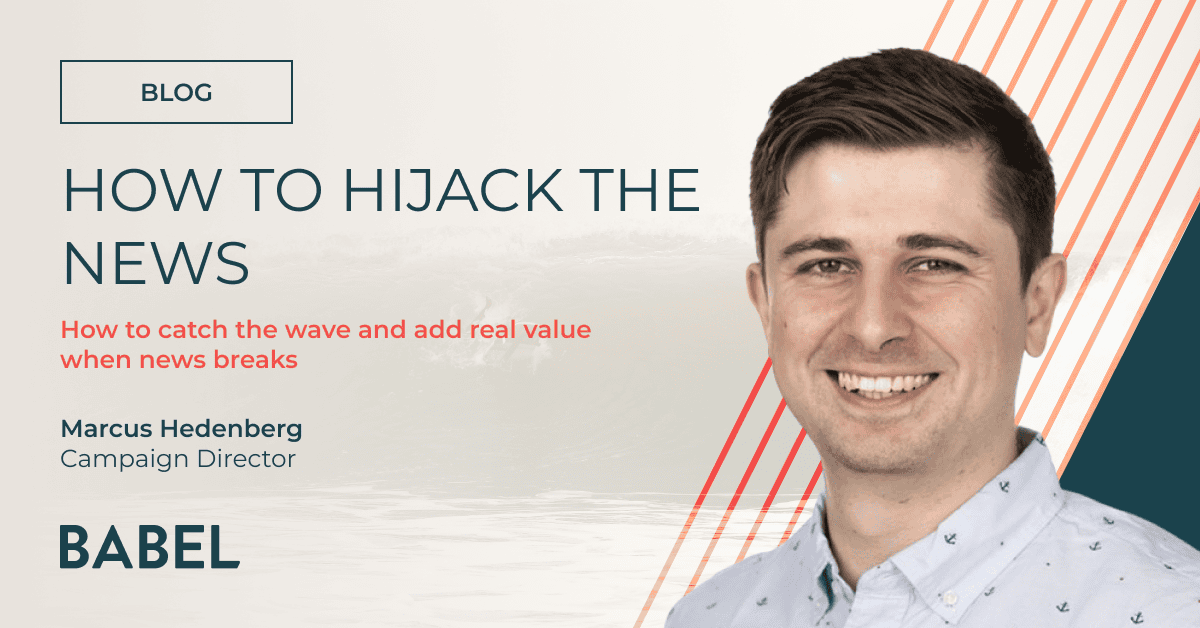
Have you nailed your H2 comms strategy?
It is hard to believe that we’re already over halfway through 2019 and the longest day of the year has come and gone. Fortunately, we’re finally seeing some sunshine and for many of us lucky enough, this coincides with a summer holiday.
Subsequently, July is often considered a ‘slow month’, with many businesses finding that their staff and clients are on leave. From a public relations perspective, we see most companies holding back on news announcements and reserving press releases for busier months when more journalists are available to cover these stories and more consumers are in the country to read said news.
As such, this is a great time to take stock of your PR and communications campaign: assess what has gone well and what needs further development, and create a plan of action for how you can end the year and welcome in 2020 with a bang. Results for the year so far should be mapped against your original objectives; objectives for the coming six months should be defined and stretched; and lessons and learnings should be clearly understood by all parties involved in the communications stack.
Competitor analysis
Seeing your competitors appear in the media is rarely pleasing, however, there is a lot of value to be gained from understanding what they’re doing and how it compares to the strategies you’ve been implementing. When conducting a competitor analysis from a media coverage perspective, issues to measure include:
- Coverage reach and quality: measuring the volume of coverage versus your competitors does not necessarily provide an accurate assessment of your communications campaign. Instead you should compare the quality of the coverage, based on a tiered system, taking into consideration the relevance of the publication and the circulation/reach. This will give a strong indication of whether coverage of your business is resulting in brand awareness among the right audience. Lessons can be learnt from where your competitors are securing coverage, and also offer a reasonable benchmark of what you can achieve.
- Coverage spread (thought leadership versus news): understanding where your coverage is coming from – for example, from news or thought leadership – will help you asses which areas of your communications campaign are succeeding, and which need work. Do you have fewer news announcements than your competitors? Perhaps it’s time to put pressure on your sales teams to start negotiating more customer win releases. A lack of thought leadership? It’s time to sit down for a messaging session.
- Technology and trends: What technologies and trends are your competitors discussing that you’re not? Is there an opportunity to develop new messages to gain an advantage on your competitors in H2 and bring a unique narrative to the industry? Developing the messages that will drive your campaign throughout H2 is imperative.
Message pull-through
Did you determine your company’s key messages for H1? If so, has this had cut through in your media coverage, are you currently measuring this? Or do you need to re-evaluate how you communicate your messages, to ensure they’re being positively received. Now is also the time to refine those messages for H2 so that you can accurately track progress throughout the rest of the year.
Measuring your own success will give you a clear picture of what is working well and what must be improved. If your business isn’t getting effective coverage, your messages aren’t resonating with your target audiences, and brand awareness isn’t at a level you’re happy with, there’s always partners that can help you create the right strategy to achieve more.





